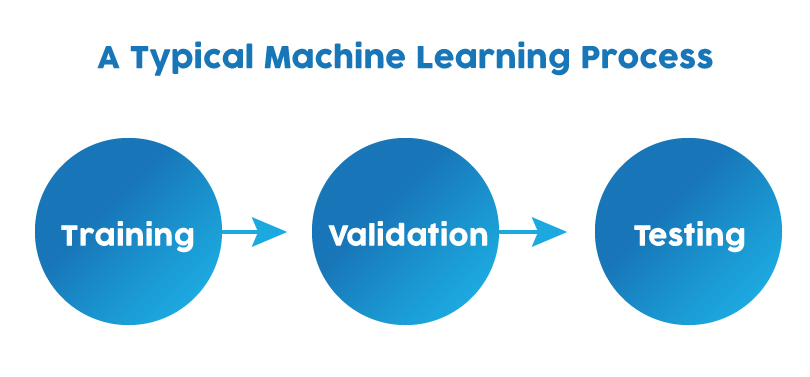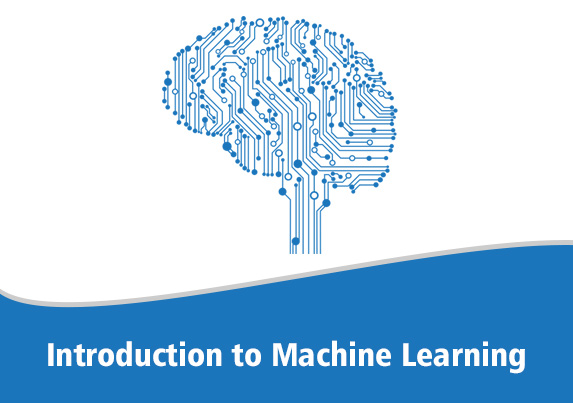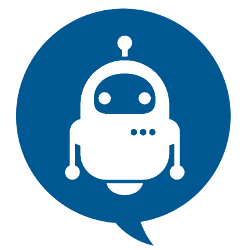Do you know?
- Machine Learning is a first-class ticket to the most exciting careers in data analysis today.
- Machine learning brings together computer science and statistics to harness that predictive power.
- It’s a must-have skill for all aspiring data analysts and data scientists, or anyone else who wants to wrestle all that raw data into refined trends and predictions.
What is machine learning?
According to Arthur Samuel:
Machine Learning is a field of study that gives computers the ability to learn without being explicitly programmed.
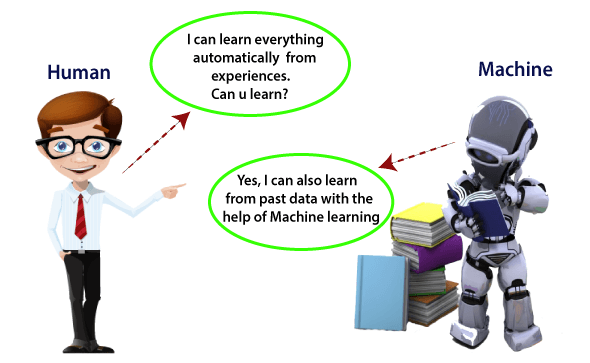
According to Tom Mitchell:
A computer program is said to learn from experience E with respect to some task T & some performance measure P, if its performance on T , as measured by P, improves with experience E.
We have seen Machine Learning as a buzzword for the past few years, the reason for this might be the high amount of data production by applications, the increase of computation power in the past few years and the development of better algorithms. Machine Learning is used anywhere from automating mundane tasks to offering intelligent insights, industries in every sector try to benefit from it. You may already be using a device that utilizes it.
For example, a wearable fitness tracker like Fitbit, or an intelligent home assistant like Google Home. But there are much more examples of ML in use.
- Prediction — Machine learning can also be used in the prediction systems. Considering the loan example, to compute the probability of a fault, the system will need to classify the available data in groups.
- Image recognition — Machine learning can be used for face detection in an image as well. There is a separate category for each person in a database of several people.
- Speech Recognition — It is the translation of spoken words into the text. It is used in voice searches and more. Voice user interfaces include voice dialing, call routing, and appliance control. It can also be used a simple data entry and the preparation of structured documents.
- Medical diagnoses — ML is trained to recognize cancerous tissues.
- Financial industry and trading — companies use ML in fraud investigations and credit checks.
A Quick History of Machine Learning:
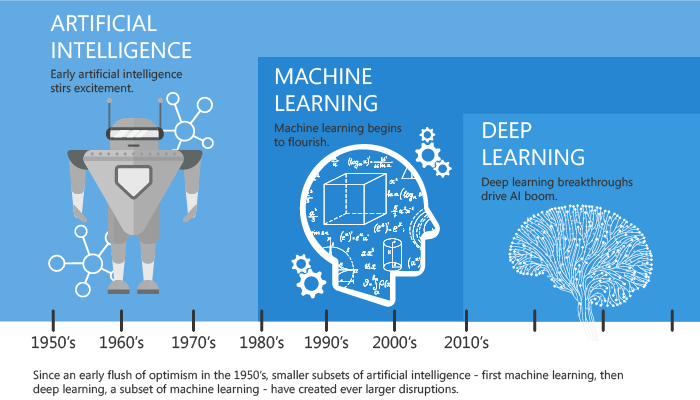

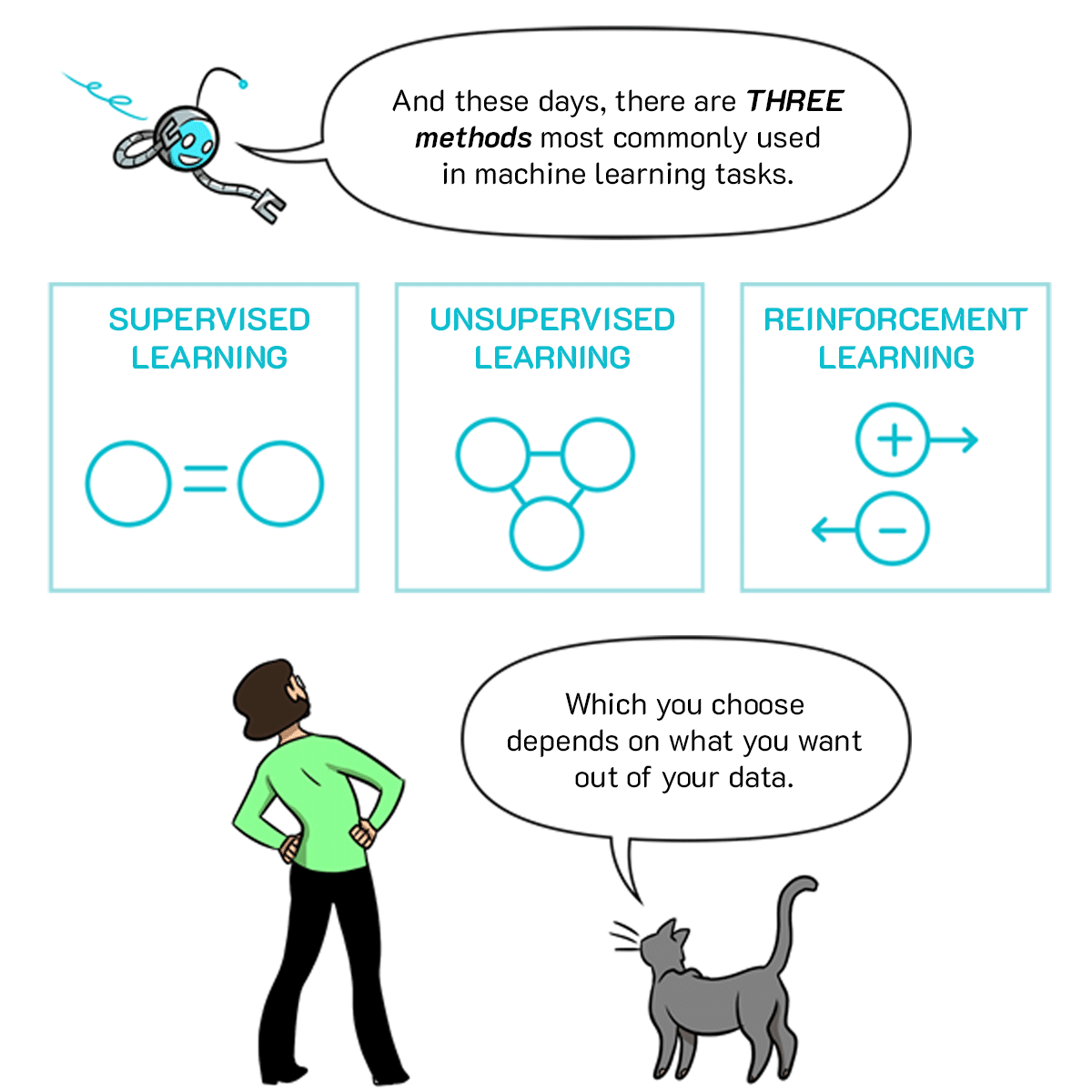
Traditional Programming v/s Machine Learning:
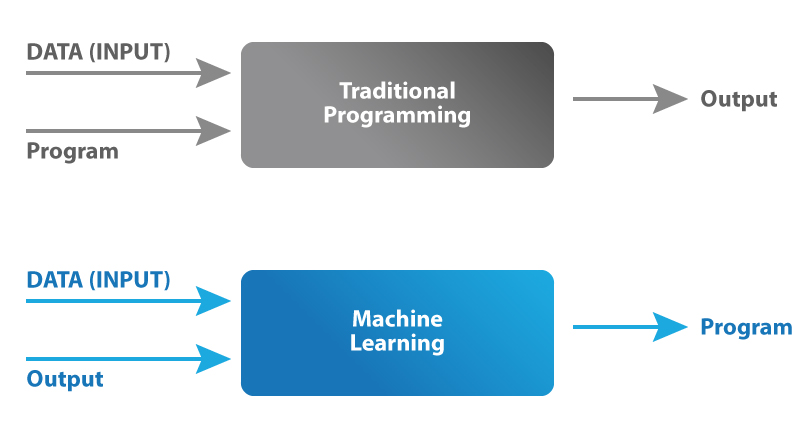
Traditional programming, we would feed the input data and a well written and tested program into a machine to generate output. When it comes to machine learning, input data along with the output is fed into the machine during the learning phase, and it works out a program for itself.
Difference Between Machine Learning and Artificial Intelligence:
- AI manages more comprehensive issues of automating a system utilizing fields such as cognitive science, image processing, machine learning, or neural networks for computerization.
- On the other hand, ML influences a machine to gain and learn from the external environment. The external environment could be anything such as external storage devices, sensors, electronic segments among others.
- Also, artificial intelligence enables machines and frameworks to think and do the tasks as humans do.
- While machine learning depends on the inputs provided or queries requested by users. The framework acts on the input by screening if it is available in the knowledge base and then provides output.
